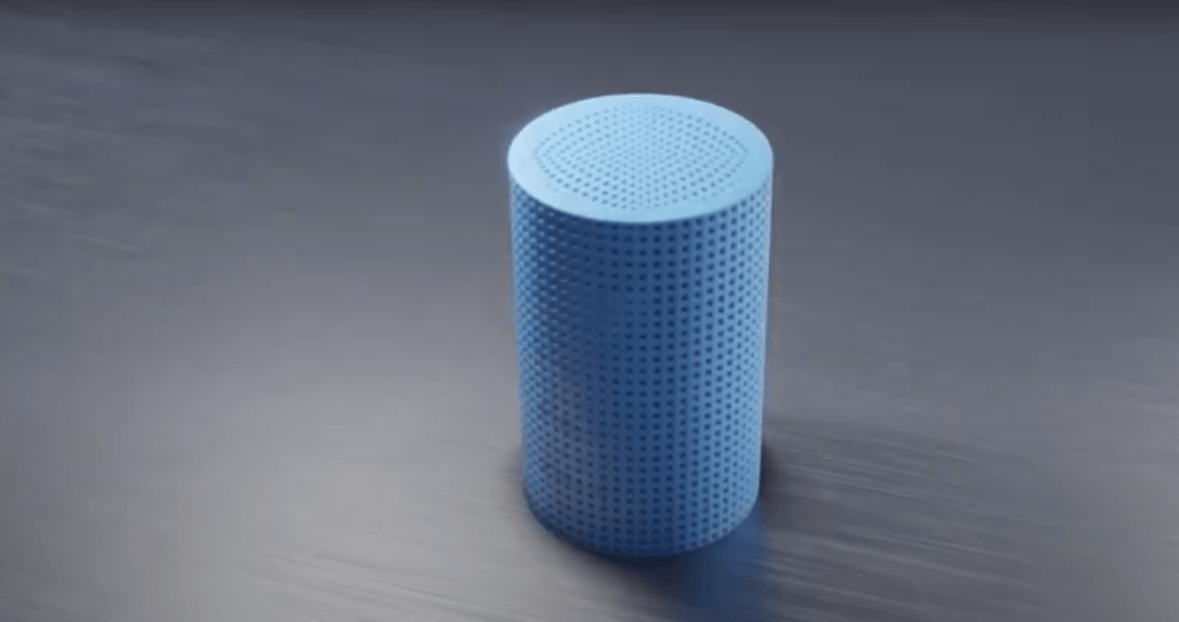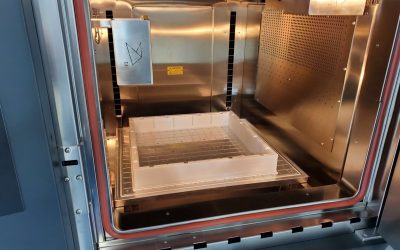3D printing may potentially have an impact on the way that pharmaceuticals and vaccines are produced, including those for fighting the SARS-CoV-2 virus that causes COVID-19.
.
The E.U.’s NESSIE project is a transnational European initiative that brings together five partners across Austria, Norway, and Portugal to develop a new generation of monolithic columns for separating molecules for biopharmaceutical production. The end result may be a quicker, more efficient and less expensive method for making vaccines.
.
To learn more, we spoke to Martin Schwentenwein, head of materials for ceramics 3D printer manufacturer Lithoz . A chromatography column 3D printed using Lithoz’s ceramic 3D printing technique. Image courtesy of Lithoz. The project is dedicated to improving the process of chromatography used to separate and purify molecules for pharmaceutical purification. During chromatographic operations molecules and proteins are separated based on size or selective interactions, such as how well they dissolve in water […]
Case Study: How PepsiCo achieved 96% cost savings on tooling with 3D Printing Technology
Above: PepsiCo food, snack, and beverage product line-up/Source: PepsiCo PepsiCo turned to tooling with 3D printing...





0 Comments